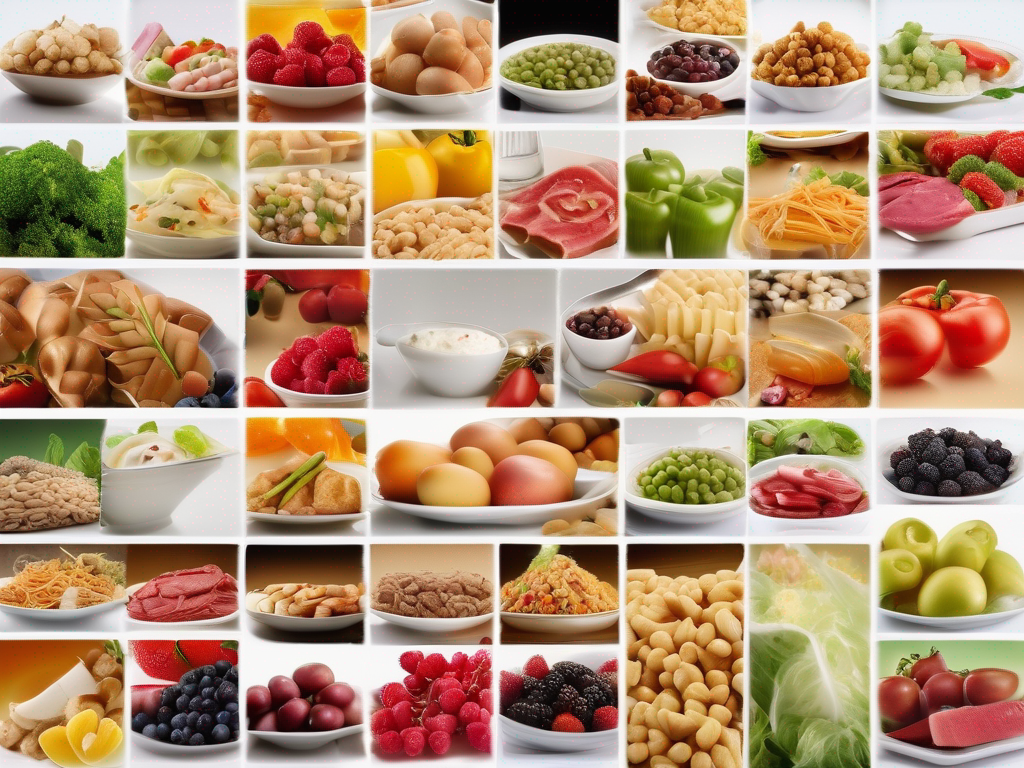
Safely Storing Homemade Chinese Food: Wonton Soup Edition
Get Your Free Food Safety Cheat Sheet
30 most common foods with instant answers. Print it and stick it on your fridge—completely free!
Safely Storing Homemade Chinese Food: Wonton Soup Edition
Chinese food, with its vibrant flavors and diverse range of dishes, has become a beloved cuisine worldwide. One popular dish that many enjoy is Wonton Soup. This comforting soup, filled with delicate wontons and savory broth, is a staple in Chinese cuisine. However, like any homemade dish, proper storage is crucial to prevent spoilage and maintain food safety. In this blog post, we will explore how you can safely store homemade Chinese Food Wonton Soup to ensure its freshness and flavor.
Understanding the Ingredients
Before delving into storage tips, it's essential to understand the key ingredients in Wonton Soup and how they can impact its shelf life:
Wontons
- Made with a combination of ground meat (such as pork or shrimp), seasonings, and vegetables
- Wrappers are typically made from flour, water, and sometimes eggs
- High protein content in meat can lead to quicker spoilage if not stored properly
Broth
- Usually a clear, flavorful broth made from simmering bones, meat, and aromatics
- Contains proteins and fats that can spoil if not refrigerated promptly
Proper Storage Techniques
Now that we've covered the ingredients, let's explore the best practices for storing homemade Wonton Soup:
1. Refrigeration
- Cooling: Allow the soup to cool to room temperature before refrigerating to prevent condensation buildup
- Storage Containers: Use airtight containers or resealable bags to store the soup
- Labeling: Clearly label the containers with the date of preparation to track freshness
2. Freezing
- Portioning: Divide the soup into individual portions before freezing for easier reheating
- Freezer Bags: Consider using freezer-safe bags to save space in the freezer
- Thawing: Thaw the soup in the refrigerator overnight for even reheating
3. Reheating
- Stovetop: Reheat the soup on the stovetop over low heat to prevent burning
- Microwave: If using a microwave, stir the soup frequently to ensure even heating
- Thermometer: Use a food thermometer to ensure the soup reaches a safe internal temperature of 165°F (74°C)
Safety Tips for Long-Term Storage
To maintain food safety and prevent spoilage, keep these tips in mind for long-term storage of Wonton Soup:
1. Rotation
- First In, First Out: Practice FIFO (First In, First Out) to use the oldest soup first
- Regular Inspection: Check stored soup periodically for any signs of spoilage, such as off odors or mold growth
2. Temperature Control
- Refrigeration: Keep the soup refrigerated at 40°F (4°C) or below to slow bacterial growth
- Freezing: Store frozen soup at 0°F (-18°C) or lower to maintain quality
3. Proper Sealing
- Air Exposure: Minimize air exposure when storing the soup to prevent freezer burn
- Sealing Techniques: Use vacuum sealers or press out excess air before sealing containers
Conclusion
Homemade Chinese Food Wonton Soup is a delicious and comforting dish that can be enjoyed for days to come with proper storage techniques. By understanding the ingredients, following safe storage practices, and implementing key safety tips, you can ensure that your Wonton Soup remains fresh, flavorful, and safe to eat. Remember, food safety is paramount when it comes to homemade dishes, so always prioritize proper storage methods to avoid the risk of foodborne illnesses. Enjoy your homemade Wonton Soup with peace of mind, knowing that it has been stored safely and with care.
Authoritative Food Safety References
These agencies and university labs inform every tip and health precaution we publish.
USDA FoodKeeper – Cold Storage Guidelines
Official refrigerator, freezer, and pantry timelines maintained by the U.S. Department of Agriculture.
Visit USDA FoodKeeperFDA Produce Safety Rule & Grower Guidance
Field-to-fridge handling practices that prevent contamination of fruits, vegetables, and leafy greens.
Visit FDA Produce SafetyCDC Foodborne Illness Prevention Hub
Surveillance-backed guidance on pathogens, symptoms, and steps to reduce foodborne illness risk.
Visit CDC Food SafetyUC Davis Postharvest Technology Center
University research detailing optimal storage atmospheres for produce after harvest.
Visit UC Davis PostharvestPenn State Extension – Home Food Preservation & Safety
Peer-reviewed extension bulletins on safe canning, chilling, and reheating practices.
Visit Penn State ExtensionGet Your Free Food Safety Cheat Sheet
30 most common foods with instant answers. Print it and stick it on your fridge—completely free! Want more? Upgrade to the complete guide with 70+ foods.
Scan your food directly and get instant safety info using our AI-powered camera feature.